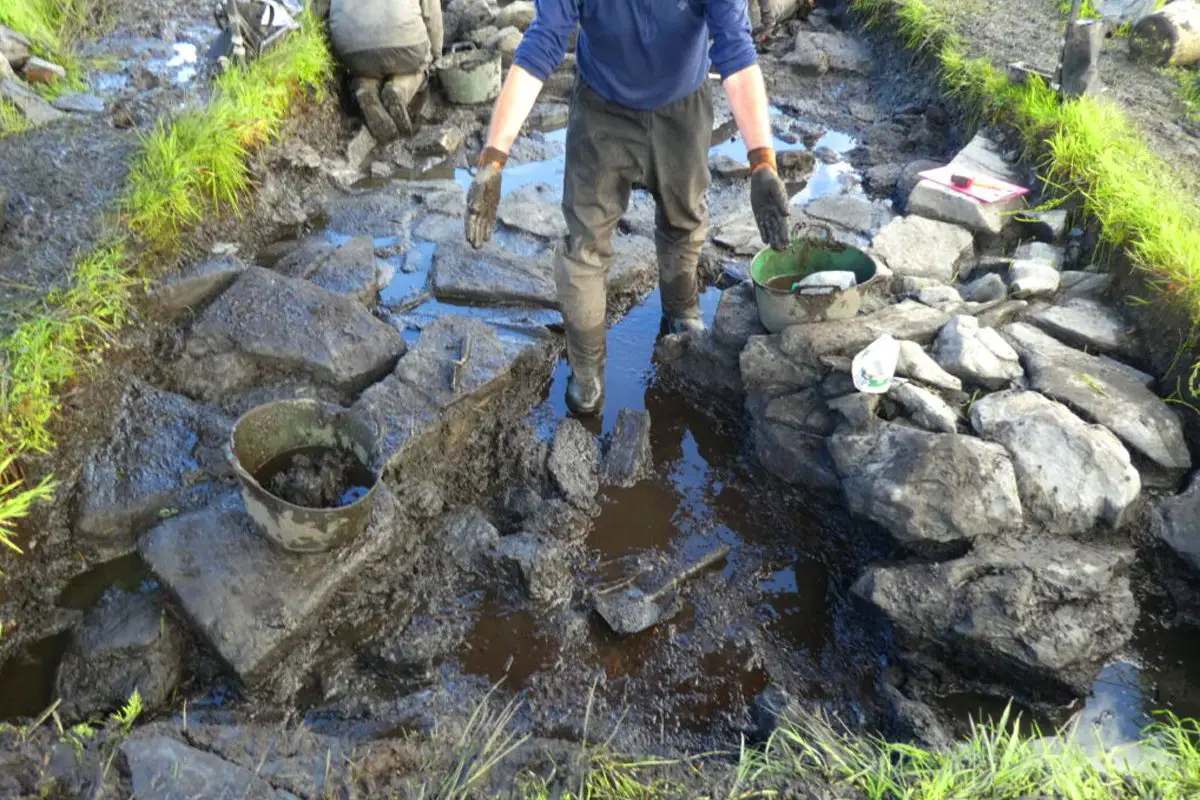Archaeologists from the Lismore Historical Society have announced the discovery of a stone built monastic site on the Hebridean Isle of Lismore.
According to the researchers, the site dates from the 7th to 10th century AD and was likely founded by St Moluag, an Irish missionary who evangelized the Picts on the western seaboard of Scotland.
Lismore had long been an important religious centre for the Gaelic kingdom of Dalriada, which likely motivated the decision to found a monastic community in AD 562. Irish missionaries had learnt to focus heavily on the similarity and continuity between early Christianity and Paganism rather than the differences between them.
However, according to tradition, the rock on which Moluag stood detached itself from the Irish coast and he drifted across to the island of the Lyn of Lorn in Argyll, now called the Isle of Lismore in Loch Linnhe.
Following a six year community led project on the island, members from the Lismore Historical Society have uncovered an oval stone building and a workshop where craft workers manufactured jewellery from precious metals.

Radiocarbon dating has placed the building to the 7th-10th century AD during the period of the early monastery.
The study has so far discovered fragments of around 120 crucibles, broken ceramic moulds for making penannular brooches, and carvings made in stone, wood, bone and antler.
According to a press statement by the Lismore Historical Society: “XRF analysis of the surfaces of these crucibles at the National Museum of Scotland has revealed that they were used for melting copper-alloys, silver and gold.
This fine craft activity is evidence of a sophisticated and influential monastic centre, the society said, with analysis and conservation of 1500 significant finds from the site ongoing.
Header Image Credit : Lismore Historical Society
Sources : Lismore Historical Society





